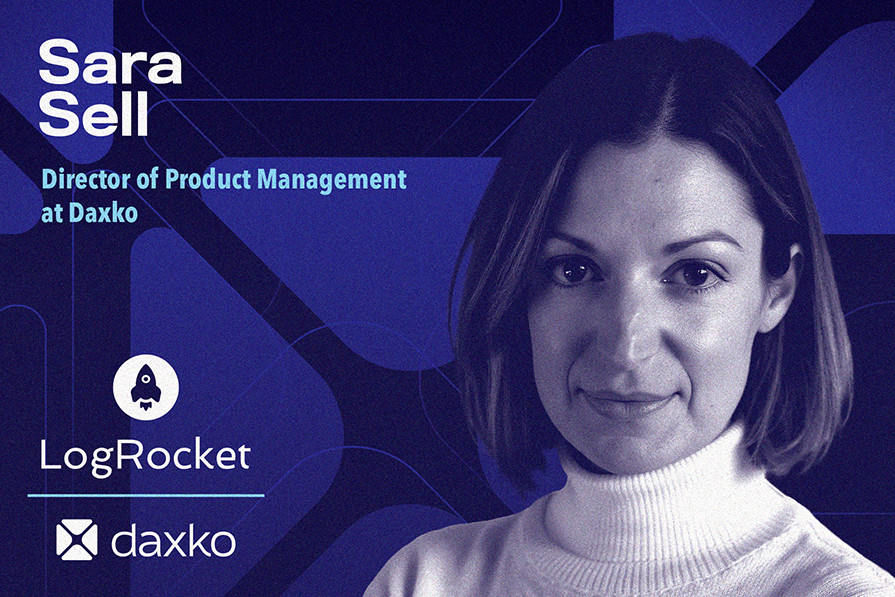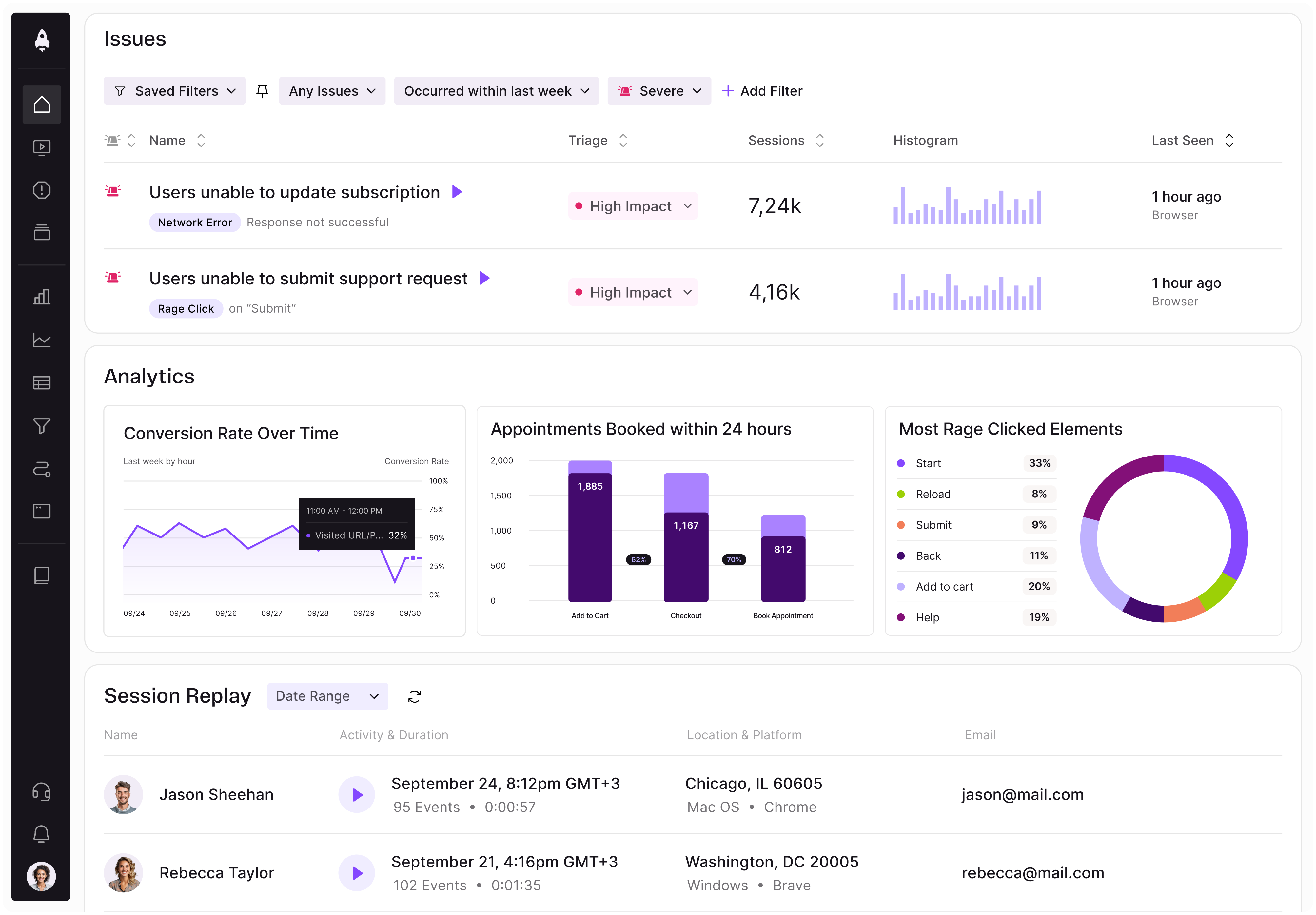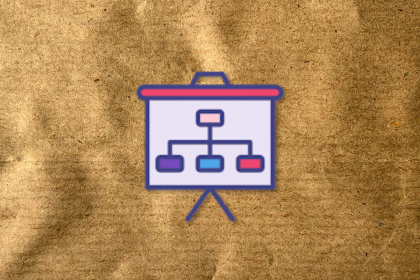Sara Sell is Director of Product Management at Daxko, a software solutions company for fitness center management. She started her career as a research audiologist at the National Center for Rehabilitative Auditory Research before joining Evisions as an engineering operations manager. Sara later transitioned to an agile practices position at NAVIS before shifting into product management. Before her current role at Daxko, she served in various product and leadership roles at Cayuse, a cloud-based research management company, and Concord, a contract management software.

In our conversation, Sara talks about how she developed skepticism and curiosity skills from her time in teaching and research, as well as how that applies to her career in product management. She discusses the importance of storytelling and crafting messages for different audiences, as well as how transparency aligns teams across the organization.
I find myself mind-blown by how much my background in research and teaching has helped me. Good product managers often have some innate skills in their DNA — skills like critical thinking, problem-solving, and structured communication. However, these skills can also be developed over time and are often transferable from fields like research and teaching. There is a basic skill set you need to have to be a solid researcher or educator, as well as a solid PM.
For example, I was recently reviewing customer usage data and I noticed a trend where a particular feature had very low engagement. The initial assumption was that customers simply didn’t need it. But that didn’t sit right with me — it seemed pretty key to their workflow. So, I started digging in by talking to customers and reviewing session recordings.
It turned out that they did want the feature, but it was buried in the interface and difficult to access. By making a simple UI change, we saw engagement with that feature significantly increase. This reinforced how skepticism and curiosity drive better decision-making — sometimes the data alone doesn’t tell the whole story, and you need to investigate further.
With that said, the skills that stand out here are skepticism and curiosity. Also, in teaching, you often have to break things down to various audiences. You have to cater your presentation style and storytelling to a classroom and break it down in a way that can apply to all the different types of students. And in product management, you’re working with marketing, sales, engineering, and more, so you have to cater to different audiences and ways of thinking. They’re quite similar in that respect.
It’s getting easier in modern companies than it used to be. So, there is more of an appetite for product to come to the table and say, “Here’s what the market is telling us. Here’s the qualitative and quantitative data, and it’s often not what the highest paid person in the room is saying.”
For example, say there’s momentum behind launching a new add-on. By looking at customer data, we might find that retention is a bigger challenge than expansion. In that case, rather than focusing on an upsell, the research may indicate that improving customer experience or NPS would have a greater long-term impact. Having clear user insights allows us to make smarter, more strategic decisions about where to invest.
Leadership values decisiveness, so I focus on finding ways to experiment quickly without consuming unnecessary development resources. This allows us to validate ideas efficiently before committing to full-scale development.
At the core of this is the ability to tie everything back to the long-term success of the product or business unit. You need to marry the research to the outcomes of where you want to go. None of that is possible without solid storytelling skills and repeating the same story over and over, so it’s important to always lay out a story arc of where you’re at now and what you want to achieve.
When I was working at a Series B startup, I was pretty new at the company. We had a free trial option, and ideally, in offering that, you see lots of free trial users who convert to paid. We noticed that about 86 percent of our free trial users were never coming back after their first visit. They would be intrigued enough to sign up and jump in, but 86 percent of the time, they completely abandoned us and never came back. I used my newness at the company as an opportunity to connect with folks who were new users or considering us.
I said, “Hey, we’re both new to the product. I would love to learn from you because my goal is to improve your experience. I would love to explore the product and learn together.” I interviewed about 23 people.
Through that, I learned that when they logged in, our product was difficult to navigate. It was busy and users felt overwhelmed — they didn’t even know which action to take. So, they would click around a bunch and eventually abandon it because they didn’t know what to do next. We slimmed down the dashboard so users only had two or three actions to take from there. And those were the actions we knew would bring people value. We also re-overhauled the main core workflow and made it way more intuitive.
A couple of things are very practical. I always want my PMs to do some level of customer journey mapping. I ask them to do it from the moment of awareness to the decision to onboarding, then adoption, loyalty, expansion, etc. By doing that themselves — not just having someone else do it and pass along the data — they’re forced to empathize with the customer at that moment. A good PM will say, “OK, what can we do today to improve this end-to-end experience?”
It’s also important to see things yourself. As a good PM, you’re pushing back on other departments rather than taking what they say at face value each time. You’re asking questions about every aspect, it’s not just the product itself. From there, you’re thinking, “What can we do today to make a change? How does this impact my product from a three-month roadmap perspective, six-month, and even long-term?” That holistic view is huge. PMs have a great opportunity to do that because we are the hub of customer experience.
Further, a lot of it also comes down to cross-functional alignment. You could do that through OKRs or have bi-weekly syncs. Those cross-functional conversations need to happen regularly. If you are solely focused on your engineers and only talking to them, or you’re talking to them most of the time, you’re not thinking about the end-to-end customer journey. You need to be talking to customers every week, and syncing with every single department each week too.
A lot of it comes back to the storytelling and where we are trying to go — not just trying to check a box. If we’re trying to meet a deadline or push something out, 99 percent of the time, when we do that, quality is greatly reduced. That’s when we see escaped bugs and the overall quality of the material produced, whether it’s blog posts, webinars, etc., significantly lower.
As I grow and mature in this career, I’ve come to prioritize quality over anything else. There’s a fine line there, but I would say it’s about focusing on quality first and then going back to that shared vision and shared outcome. Ask yourself, “Are we just pushing this? Are we just trying to push this over the line to check a box? Because that’s output and that’s busyness, but it’s not actually getting us anywhere.” Instead, think “Why are we doing this? Let’s realign. Let’s pause for a second, think about it, and then go forward.”
That’s a great way to do it. You have to have some level of the heartbeat of the organization, which is usually weekly or bi-weekly meetings. It really comes down to whatever makes sense for your org, but in terms of managing all the feedback from cross-functional teams, part of that is having a place to centralize it. This is difficult because when I get feedback from cross-functional teams, the market, customers, prospects, and more, I have to know where I’m headed with my product.
If the data shows that customer retention is a bigger issue than new monetization opportunities, we need to shift focus. Rather than introducing a new add-on, it might be more valuable to invest in improving the customer experience to build long-term loyalty. By backing these decisions with qualitative and quantitative data, we ensure we’re solving the right problems.
I have found that I repeat the vision over and over. From there, I can figure out how to better craft the story as I go. Overall, this improves my storytelling. And in terms of documentation, the way I’ve done it in the past is via Slack channels. I would create a brief video that I pinned to the Slack channel to say, “Hey, this is a reminder, and if you’re new here, this is what we’re doing with this product.”
I’ve found that having a visual and someone talking about it goes a lot further than just seeing it documented on a compliance page. I probably make the mistake of not documenting enough, but in terms of casting that vision and reminding people of where we’re going, that lies in the day-to-day of how you work and how you talk about what you’re doing.
I have learned a lot from sales about catering to your audience. A good salesperson gets on a call and, before anything else, tries to understand what the problem is. What is impacting the person they’re talking to and what problem do they need solved? Similarly, in product, when I tell the story of where we’re going, the way I talk about it to an engineer should be a little bit different than the way that I talk about it to the marketing team.
When quality isn’t prioritized, we risk technical debt and user frustration. Aligning with engineers on the long-term impact of quality investments ensures we’re continuously improving both the product and customer experience.
Sales has really helped me with that skill of catering and understanding who I’m talking to. A blanket statement or a blanket story is not going to often work. There are a million other impactful things I’ve learned from other departments, but that’s the most prominent thing that comes to mind.
Transparency in terms of how you make a decision goes a long way. The same thing applies to showing your work. It’s not helpful to say, “Hey, our goal is to improve NPS.” Rather, be transparent about the reality of where we are and how we know this. I learned that through working with some really transparent executives. They made a point to always walk through the history of our trends in certain areas, what our investors expect from us, and more.
Overall, I greatly appreciated that transparency in terms of the decision-making and showing the work, because I could take that and champion that message to other people, so to speak.

LogRocket identifies friction points in the user experience so you can make informed decisions about product and design changes that must happen to hit your goals.
With LogRocket, you can understand the scope of the issues affecting your product and prioritize the changes that need to be made. LogRocket simplifies workflows by allowing Engineering, Product, UX, and Design teams to work from the same data as you, eliminating any confusion about what needs to be done.
Get your teams on the same page — try LogRocket today.

A practical five minute revenue estimation method to help product managers compare ideas, drop low impact features, and prioritize smarter.

A practical guide for PMs who want to stop being bottlenecks, delegate smarter, and lead teams effectively with a clear ownership framework.

Stop letting unreliable data block features. Treat data as inventory to track quality, ownership, and ship with confidence.

Learn why slide decks slow teams down and explore better tools like whiteboards, PRDs, and prototypes to improve collaboration and alignment.